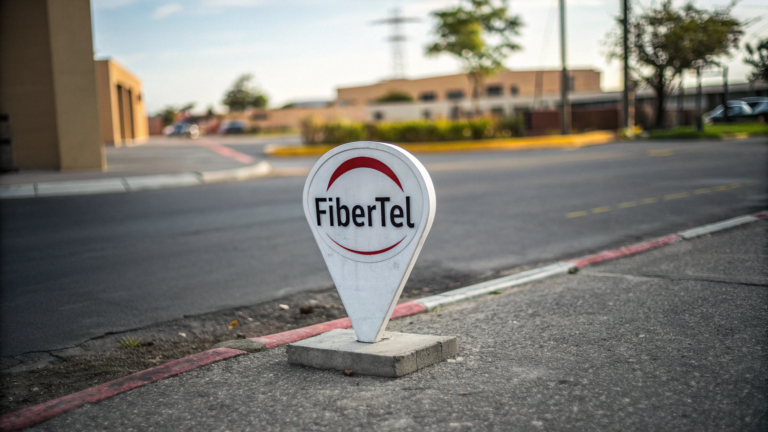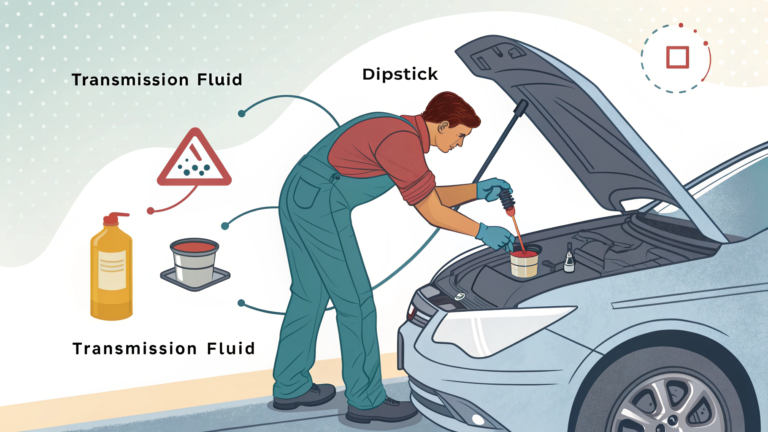
In the ever-changing landscape of marketing, businesses are constantly seeking innovative ways to reach their target audience effectively. One emerging solution is automated direct mail, which blends traditional marketing with modern technology to streamline the process of sending physical mail. This approach not only reduces operational costs but also enhances the precision of targeting potential customers. In this blog, we will explore the benefits of automated direct mail, the significance of address verification APIs, and how these two technologies work together to transform customer outreach strategies.
Understanding Automated Direct Mail
Automated direct mail refers to the process of sending out marketing materials, such as postcards, brochures, and catalogs, through an automated system. This means that the entire process—from design and printing to mailing—can be managed digitally, allowing businesses to save both time and resources.
Key Benefits of Automated Direct Mail
- Cost-Effective: By automating the process, businesses can cut down on labor costs and minimize errors that may result in wasted materials.
- Personalization: Modern technology allows companies to customize their mail so that it resonates deeply with the recipients, thereby increasing engagement.
- Time-Saving: Automation reduces the time needed to produce and send direct mail, allowing marketers to focus on other crucial aspects of their business.
- Measurable Results: Automated direct mail campaigns can be easily tracked, providing valuable insights into customer behavior and campaign effectiveness.
Why Address Verification API Matters
For businesses utilizing automated direct mail, having accurate customer addresses is crucial. This is where an address verification API comes into play. This technology ensures that the addresses collected or entered into a system are valid, formatted correctly, and correspond to real locations.
The Importance of Address Verification
- Reduced Costs: Invalid addresses lead to undeliverable mail, resulting in wasted materials and increased postage costs. Address verification reduces these expenses.
- Improved Customer Experience: When customers receive mail at their correct addresses, it enhances their experience with the brand and encourages positive engagement.
- Higher Response Rates: Sending mail to verified addresses increases the likelihood that recipients will actually receive and engage with the materials sent to them.
Integrating Automated Direct Mail with Address Verification API
The integration of automated direct mail and address verification APIs can lead to a seamless marketing experience. By ensuring that the mailing lists created are accurate, companies can avoid the pitfalls of misaddressed or undeliverable mail. Here’s how you can effectively combine these two tools:
Steps to Combine Both Technologies
- Step 1: Data Collection: Collect customer addresses through various channels such as online forms, in-store sign-ups, or purchase histories.
- Step 2: Address Verification: Use an address verification API to validate and format the collected addresses before adding them to your mailing list.
- Step 3: Design Your Campaign: Create engaging content and design your automated direct mail materials that align with your brand identity.
- Step 4: Automate Mail Production: Utilize automated direct mail services to print and send the materials based on your verified mailing list.
- Step 5: Analyze Results: After the campaign, analyze key metrics to gauge its success and make informed adjustments for future mailings.
Challenges and Solutions
While integrating automated direct mail and address verification APIs has many benefits, some challenges may arise. Here are common issues along with their potential solutions:
Common Challenges
- Data Privacy Concerns: Many consumers are increasingly concerned about how their data is being used. Companies must ensure compliance with data protection regulations.
- Integration Issues: Sometimes, integrating technology can be complex. Businesses need to choose tools that are easy to integrate or hire technical help if needed.
- Keeping Data Updated: Customer information can change frequently. Regularly updating databases and employing ongoing verification processes will help maintain accuracy.
Solutions to Overcome Challenges
- Implement robust privacy policies that clearly communicate to customers how their information will be used.
- Choose user-friendly platforms for automation and verification, and invest in training if necessary.
- Regularly schedule data verification and encourage customers to update their details if they change.
Conclusion
As marketing strategies evolve, leveraging tools like automated direct mail and address verification APIs becomes essential for businesses aiming for efficient and effective outreach. By automating direct mail, companies can not only save time and costs but also reach their audience in a personalized manner. The integration of an address verification API ensures that the data used is accurate, thereby increasing the likelihood of successful campaigns. Embracing these technologies today can position businesses for success in a competitive marketing landscape.






